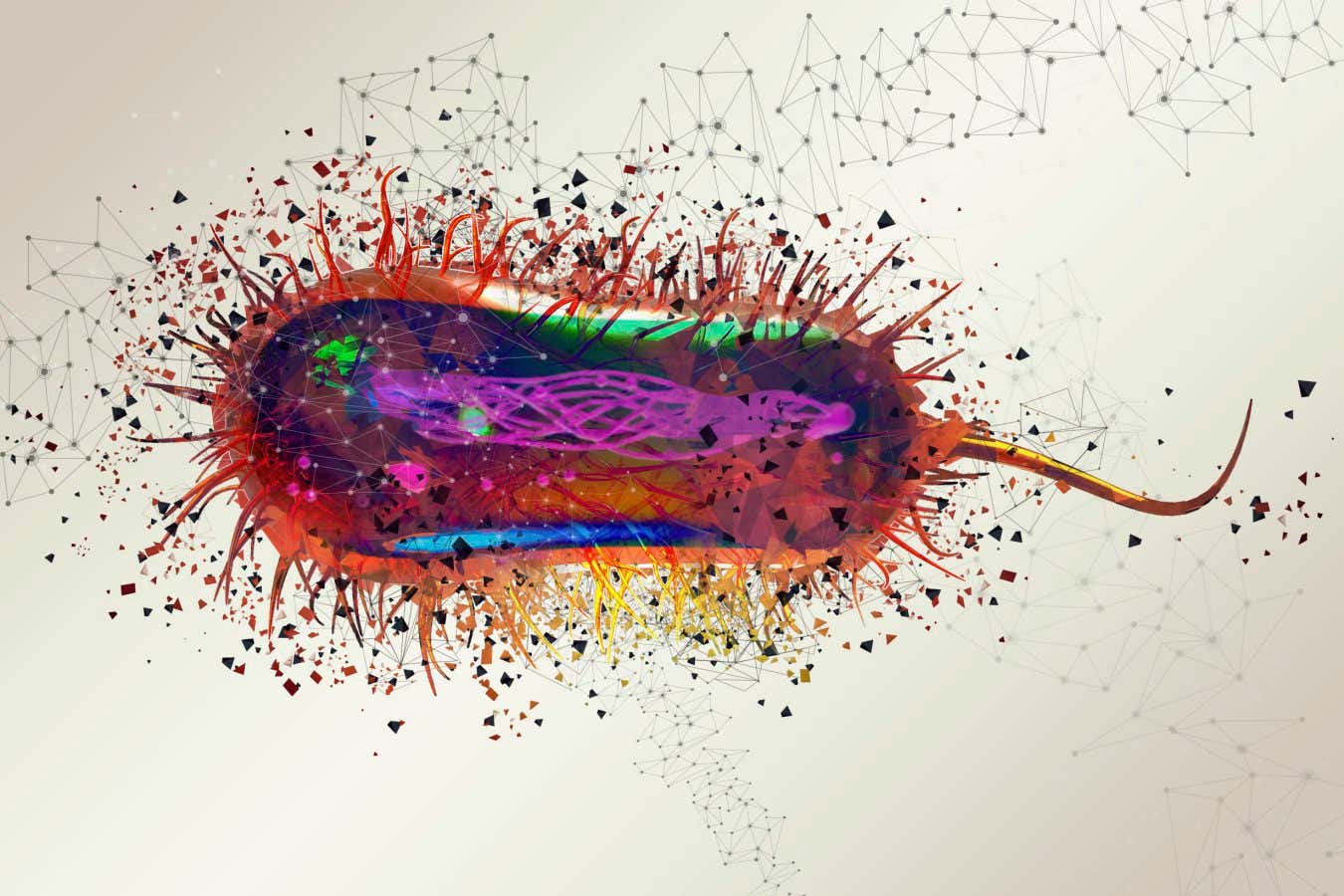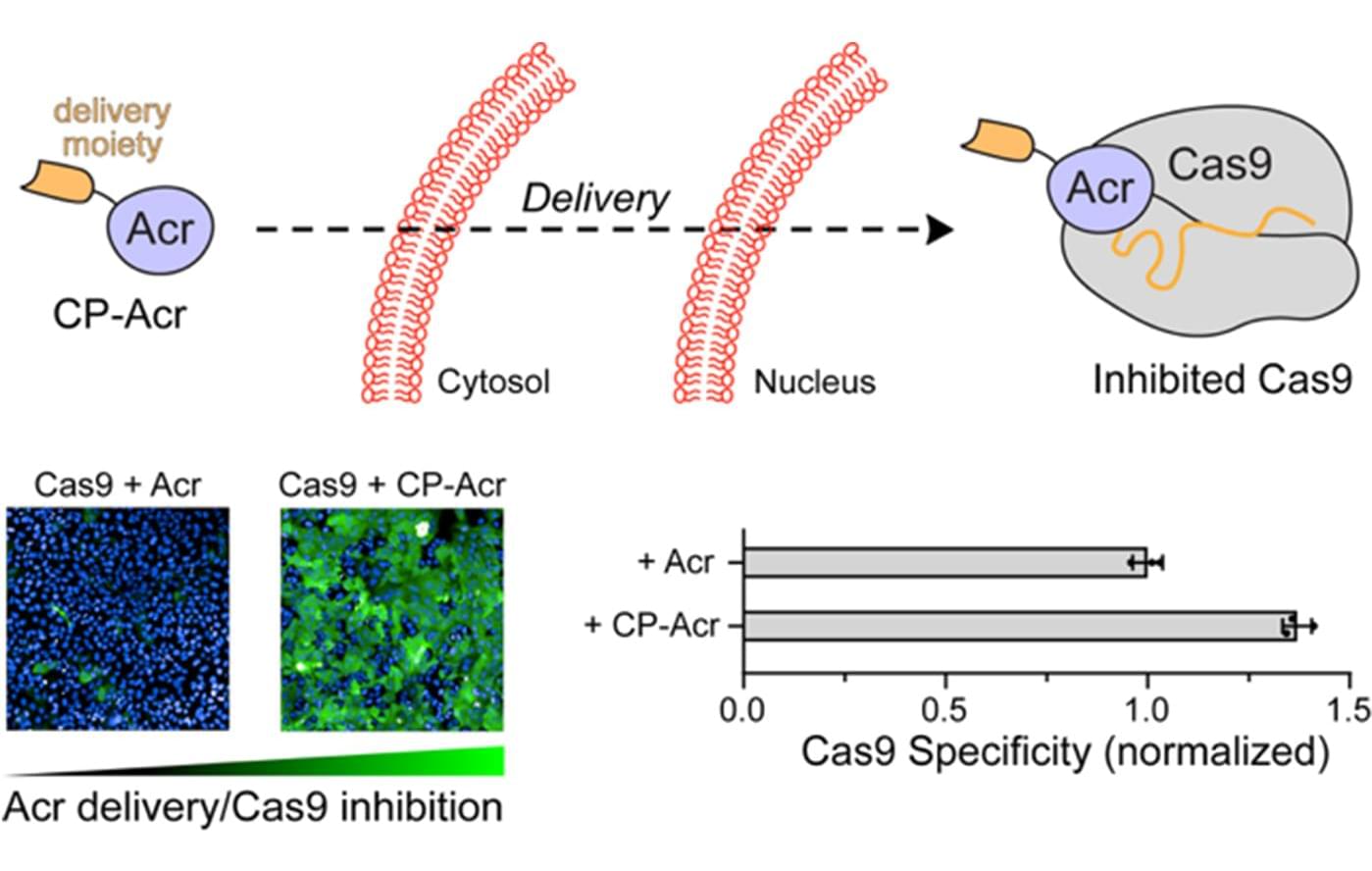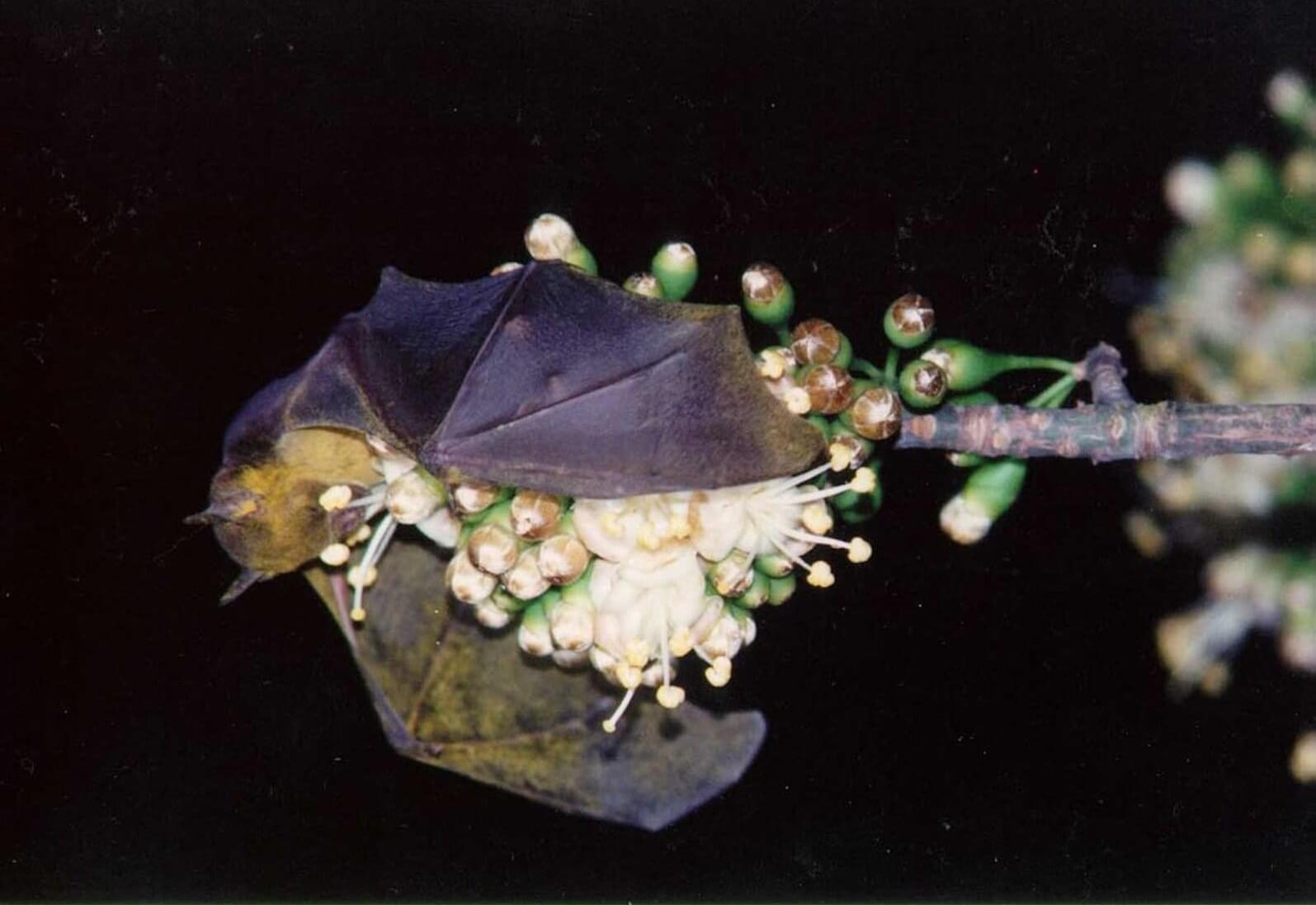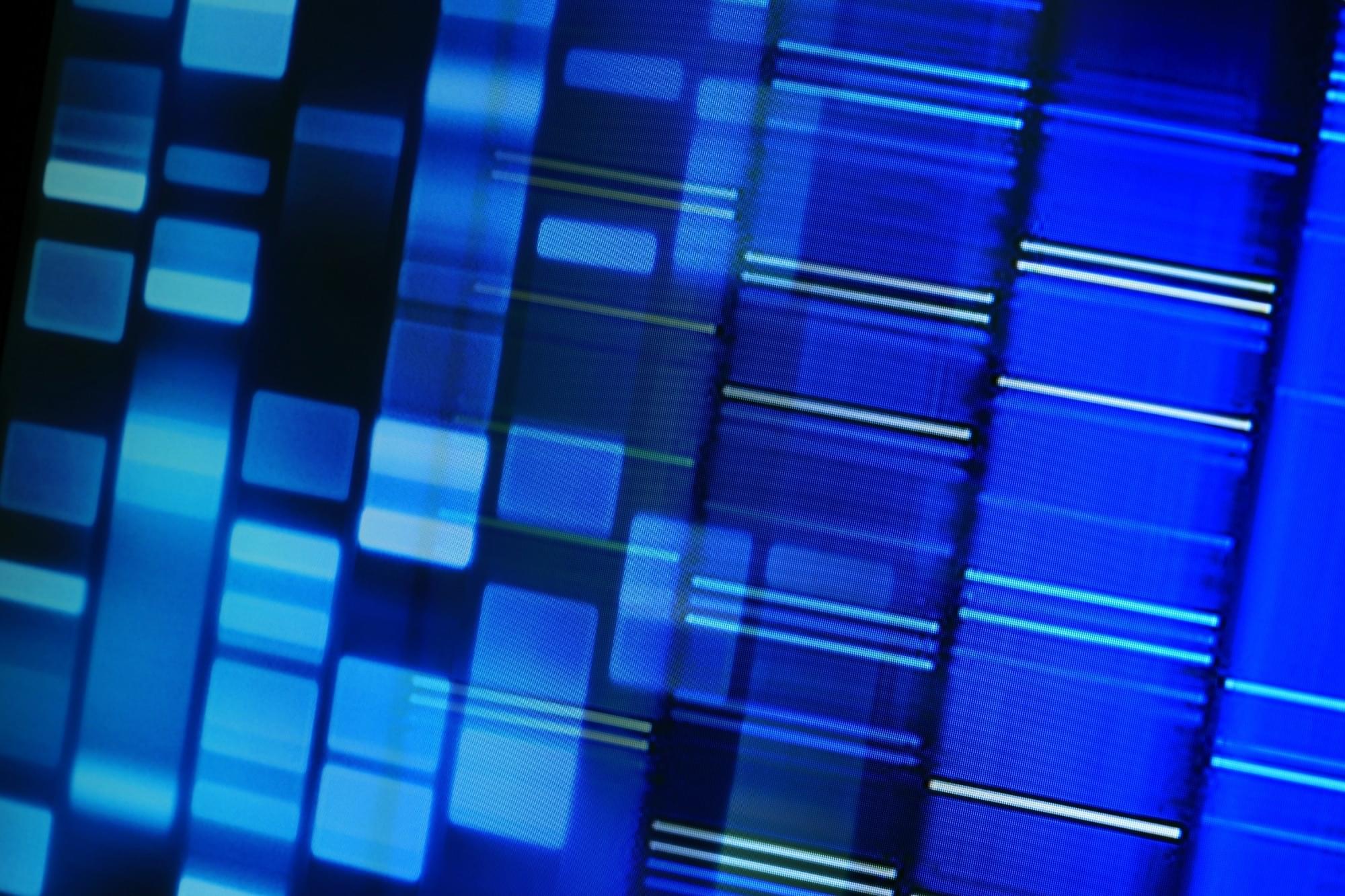The recoded bacterium uses only 57 of the 64 possible genetic codes, freeing up seven to be used for different purposes



Several widely used epigenetic clocks have been developed for mice and other species, but a persistent challenge remains: different mouse clocks often yield inconsistent results. To address this limitation in robustness, we present EnsembleAge, a suite of ensemble-based epigenetic clocks. Leveraging data from over 200 perturbation experiments across multiple tissues, EnsembleAge integrates predictions from multiple penalized models. Empirical evaluations demonstrate that EnsembleAge outperforms existing clocks in detecting both pro-aging and rejuvenating interventions. Furthermore, we introduce EnsembleAge HumanMouse, an extension that enables cross-species analyses, facilitating translational research between mouse models and human studies. Together, these advances underscore the potential of EnsembleAge as a robust tool for identifying and validating interventions that modulate biological aging.

The FDA’s recent approval of the first CRISPR-Cas9–based gene therapy has marked a major milestone in biomedicine, validating genome editing as a promising treatment strategy for disorders like sickle cell disease, muscular dystrophy, and certain cancers.
CRISPR-Cas9, often likened to “molecular scissors,” allows scientists to cut DNA at targeted sites to snip, repair, or replace genes. But despite its power, Cas9 poses a critical safety risk: the active enzyme can linger in cells and cause unintended DNA breaks—so-called off-target effects—which may trigger harmful mutations in healthy genes.
Now, researchers in the labs of Professor Ronald T. Raines (MIT Department of Chemistry) and Professor Amit Choudhary (Harvard Medical School) have engineered a precise way to turn Cas9 off after its job is done—significantly reducing off-target effects and improving the clinical safety of gene editing. Their findings are detailed in a new paper published this week in the Proceedings of the National Academy of Sciences (PNAS).
Researchers used cells that glow green due to a green fluorescent protein (GFP) gene. If Cas9 is working, it disrupts the GFP gene and the cells stop glowing. If LFN-Acr blocks Cas9, the cells keep glowing. These images depict cells in different conditions: some with active Cas9 (which stopped the green glow), some with Cas9 and LFN-Acr (glow stayed on).
Image courtesy of the researchers.
A new study led by researchers from Oxford Population Health has shown that a range of environmental factors, including lifestyle (smoking and physical activity) and living conditions, have a greater impact on health and premature death than our genes.
The researchers used data from nearly half a million UK Biobank participants to assess the influence of 164 environmental factors and genetic risk scores for 22 major diseases on ageing, age-related diseases, and premature death. The study is published in Nature Medicine.

Clinical validation of stem cell reactivation approach positions Pelage as leader in regenerative medicine and aging
LOS ANGELES—(BUSINESS WIRE)— #HairLoss —Pelage Pharmaceuticals, a clinical-stage regenerative medicine company, today announced positive results from its Phase 2a clinical trial of PP405 — a topical therapy for androgenetic alopecia advancing through the FDA clinical development pathway. PP405 is designed to reactivate dormant hair follicle stem cells, offering a potential first-in-class approach for both men and women experiencing hair loss.

While all seeds produced within a fruit have the same maternal genome, the paternal genomes of seeds can come from the pollen of one or more paternal parents. A common assumption about flowering plants is that the ovules are most often pollinated by multiple paternal parents at the flower level.
Various genomic conflicts can arise during the process of fertilization and fruit production in multiseed plants, including conflicts over nutritional resources between the maternal plant and its offspring, conflicts over nutritional resources among developing seeds, between paternal and maternal genomes over seed development and competition among paternal parents. The relationship between these genomic conflicts and single or multiple paternal parentage is unclear.
To shed some light on the prevalence of monogamy and polyandry in flowering plants, a group of researchers in India conducted a systematic literature review of studies from 1984 to 2024 and a meta-analysis of 63 flowering plant species from diverse families. The study was recently published in the Proceedings of the National Academy of Sciences. The number of paternal parents was determined in the context of self-compatible vs. incompatible breeding, seed number, and phylogenetic relationships.

The field of evolutionary biology has a rich and complex history, marked by periods of consensus and significant theoretical shifts. The cornerstone of modern evolutionary thought for much of the 20th century was the Modern Synthesis (MS), a theoretical framework that integrated Darwin’s theory of natural selection with Mendelian genetics.
It provided a powerful and elegant explanation for how evolution occurs, emphasizing the gradual accumulation of genetic mutations and their differential survival in a population. However, in recent decades, a growing body of evidence has begun to challenge the sufficiency of the MS, leading to the development of a new, more comprehensive framework: the Extended Evolutionary Synthesis (EES).

Researchers developed a high-accuracy method to infer whether genetic variants come from the mother or father without needing parental genomes, analysing 286,666 UK Biobank participants. They uncovered over 30 parent-of-origin effects on traits from growth and metabolism to diabetes, many showing opposite effects depending on parental source.

The technique, which used genetically healthy donor cells, prolonged life and function in mice with a disease similar to Tay-Sachs. It may help with other neurodegenerative diseases like Alzheimer’s.

CRISPR technology has revolutionized biology, largely because of its simplicity compared to previous gene editing techniques. However, it still takes weeks to learn, design, perform, and analyze CRISPR experiments; first-time CRISPR users often end up with low editing efficiencies and even experts can make costly mistakes.
In a new study, researchers from Stanford University, Princeton University, and the University of California, Berkeley, teamed up with Google DeepMind to create CRISPR-GPT, an artificial intelligence (AI) tool that can guide researchers through every aspect of CRISPR editing from start to finish in as little as one day.1 The results, published in Nature Biomedical Engineering, demonstrate that researchers with no previous CRISPR experience could achieve up to 90 percent efficiency in their first shot at gene editing using the tool.
CRISPR-GPT is a large language model (LLM), a type of AI model that uses text-based input data. Led by Le Cong of Stanford University and Mengdi Wang of Princeton University, the team trained the model on over a decade of expert discussions, as well as established protocols and peer-reviewed literature. They designed it to cover gene knockout, base editing, prime editing, and epigenetic editing systems, and benchmarked the tool against almost 300 test questions and answers.